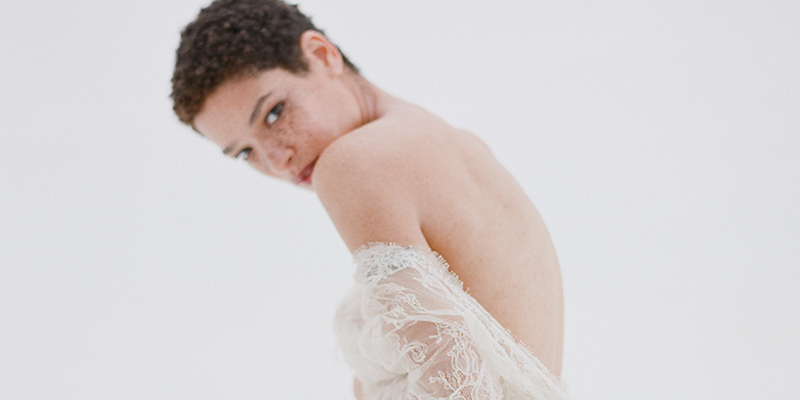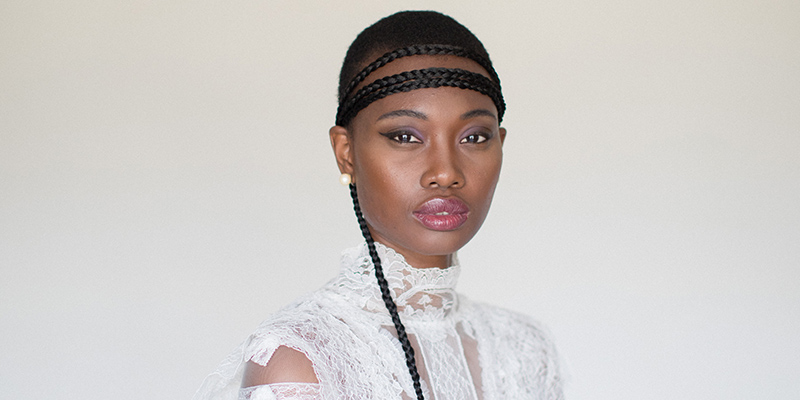This is the second part of the etiquette mini-series. In cased you missed it, here’s part 1.
ANATOMY OF AN INVITATION
Who is inviting?
Who’s getting married?
When: Date
When: Time
Where is it being held?
Reception to follow?
Attire
RSVP
The key to the ideal wedding invitation wording is make sure guests have as much information as possible.

Location
Wedding ceremonies are held in all kinds of locations. This line tells your guests where they need to be. Always use the full name of the venue. Churches are known by several names: St. Mary’s, Church of Saint Mary, Saint Mary’s Roman Catholic Church … Verify the correct name of your location before having your invitations printed.
If the wedding is being hosted at home, the location is simply the name of the homeowner and the address. If the ceremony is taking place in the garden, it’s a good idea to indicate that so your guests know to wear appropriate footwear. A line reading “in the garden” would appear above the home address.
The inclusion of a street address at a non-home-based wedding is optional unless there is more than one venue with the same name in that city. In that case, the street address is mandatory to avoid confusion. If you’re including directions or map cards with your invitation, the street address becomes redundant.
The last line in the main body of the invitation is the city and state. Both are included and separated by a comma with two exceptions:
“New York City” is used instead of New York, New York
“City of Washington” or “Washington, District of Columbia” instead of Washington, D.C.
Reception Info
Reception cards are used when the ceremony and reception are held at different locations, which makes them separate events. If the wedding and reception are held at the same place, you can include a line that indicates the party immediately follows the ceremony: ”Reception immediately following” or “and afterwards at the reception” or something similar.
Attire
Believe it or not, the time of day dictates formality of dress. After six is considered formal. If guests are expected to be in formal dress, you can use “Black tie” on the invitation and it goes in the lower right-hand corner of the reception card. If you’re not using one, it can go on the invitation in the same position. The B is always uppercase and the t is not.
“Black tie optional” means your guests can dress any way they want, with a tuxedo being an acceptable choice.
White-tie events are more formal than black tie and require men to wear tailcoats and women to be in evening gowns.
RSVP
It’s French for “répondez s’il vous plait” and translates to “please reply.” RSVP cards weren’t always the norm. In the past, a wedding invitation was responded to through a handwritten note on formal personal stationery. Today, a card is produced with spaces for the guests’ names and their responses. A request for response is always included, usually before a specific date. The name and address of the person receiving the reply goes on the reply envelope.
If sending a blank card with “The favour of a reply is requested” on it, expect a formal, handwritten response. These can actually serve as a great wedding keepsake if guests say more than “yes” or “no.”
Most couples ask that their RSVPs be returned 2-3 weeks before the wedding date. The venue looks for a final count around then.
Include a stamp on the reply envelope. I know it seems like one more thing to spend money on, but it’s common courtesy, especially if you’re expecting wedding gifts. Postage is a small price to pay to make your guests feel welcome.
Fine Points of Traditional Invites
- Words spelled with a U (honour, favour) are reserved for the most formal affairs
- State names should not be abbreviated: District of Columbia instead of D.C.
- The joining word is what joins the names of the couple. “To” is used as the bride is traditionally married to the groom. “Jane to Joe.” However, in the Jewish tradition, men and women are joined together in marriage. “And” is used in this case. “Jane and Joe.”
- I can’t stress this enough: Registry information has no place on the wedding invitation or as part of the invitation package. The shower invitations are less formal and can include that info.
- All of the same conventions, traditions and guidelines hold true for same-sex unions. The wording should reflect the kind of ceremony guests will attend: marriage vs. civil union vs. commitment.
This is obviously only a fraction of everything there is to know about wedding invitation wording and etiquette. REMEMBER: these points are guidelines to follow, not unbreakable rules set in stone. Use this information as a foundation on which to build your perfect invitation. I’m always to willing to help with etiquette questions and concerns, too.
Next time: Envelopes. How many do you really need and what goes on them?
[divider]
About this Blogger
 Kelli Parker is the executive creative director for à deux: bespoke bridal paper, a boutique custom wedding stationer in Boston, MA. With a background in journalism, art and business, and more than 10 years of experience as a graphic designer, Kelli adores weddings, paper, tiny boxes, silk charmeuse, many shades of purple and peonies. Visit her full profile here.
Kelli Parker is the executive creative director for à deux: bespoke bridal paper, a boutique custom wedding stationer in Boston, MA. With a background in journalism, art and business, and more than 10 years of experience as a graphic designer, Kelli adores weddings, paper, tiny boxes, silk charmeuse, many shades of purple and peonies. Visit her full profile here.
[divider]








ON THE BLOG: Stationery Wording & Etiquette Part 2 http://t.co/ilnQCC2N